Single Sign-On (SSO) streamlines the authentication process, allowing users to access multiple applications with one set of credentials. Benefiting IT management, it reduces password fatigue and enhances security by centralizing the authentication framework.
Organizations implementing SSO experience easier user management and improved security. It reduces the need for remembering numerous passwords, decreasing the risk of weak password usage and unauthorized access. This centralized system offers IT departments more control over user access, simplifying compliance reporting and audits.
What are the critical features of SSO solutions?SSO solutions are particularly effective in industries with high compliance needs like finance and healthcare. They support tight security protocols while enabling quick access to necessary resources, which is crucial for maintaining operational efficiency and data protection.
For organizations, SSO provides a streamlined user experience while maintaining robust security. It aids in reducing administrative tasks and improves overall efficiency, making it a valuable tool in modern IT infrastructure.

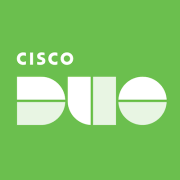

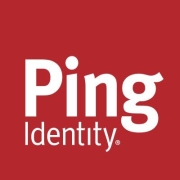
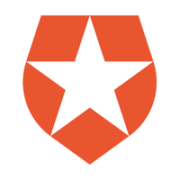



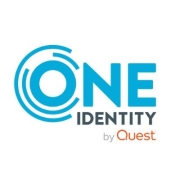



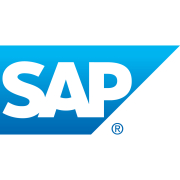



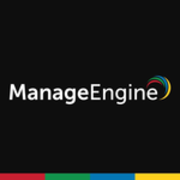


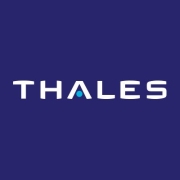


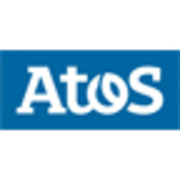
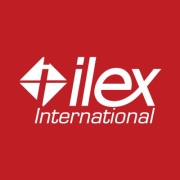

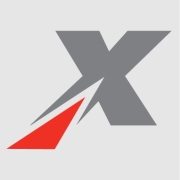


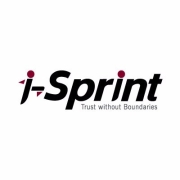

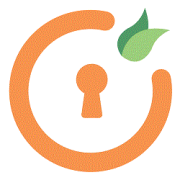
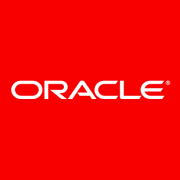


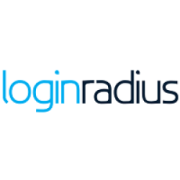
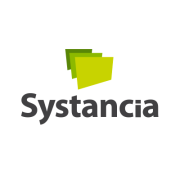

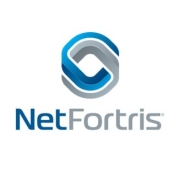




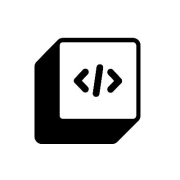

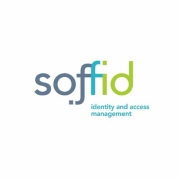
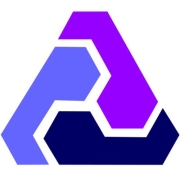

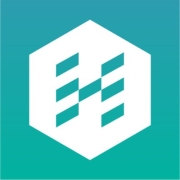
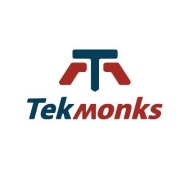

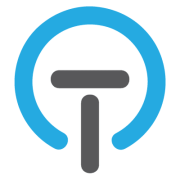
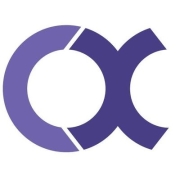
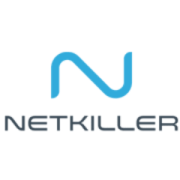








A single sign-on (SSO) service involves an agent module sitting on the application server. When a user wants to access the network, the module retrieves the authentication credentials from a dedicated SSO policy server and compares them against a user repository. For example, a lightweight directory access protocol (LDAP).
The advantage of SSO is that it authenticates the user for all of the applications the user has rights to. This eliminates the need for signing in for each application during the same session.
At the base of SSO is the relationship between a service provider and an identity provider in the form of a certificate exchange. This certificate proves that the identity information comes from a trusted source. In an SSO, the identification data is inside a token.
The usual flow consists of the following steps:
Despite all of these steps, the authentication process happens in a matter of seconds.
A token is a collection of identity information that goes from one system to another. A token may consist of a user’s email and password, and data about the system that is sending the information.
An example of a token is the way Google manages access to the products in G-Suite. Once you sign in to your Gmail, you get access to other applications, like YouTube, Google Drive, and Google Photos, without having to log in again for each app.
The token ensures you will gain access to multiple systems without needing to remember different credentials for each one.
SSO provides benefits in terms of security, customer experience, and reduced costs. The average organization uses an array of applications and services, both cloud-based and on-premises. A single sign-on helps to solve the tech sprawl by giving a single point of access.
In terms of security, SSO reduces the number of attack possibilities. User credentials are usually key targets for cybercriminals. The more credentials, the more opportunities for attackers to gain access. Single sign-on minimizes risk by requiring a single set of credentials.
SSO also helps with compliance, since many regulations require that organizations implement methods that protect data. SSO offers a way to effectively authenticate users who access electronic records as well as allowing for the automatic log-off of users.
Single sign-on also improves the employee’s experience. It saves time and improves productivity. Since most employees switch between an average of ten different apps for work, eliminating the need for signing in for each one saves considerable time and money.
SSO eliminates password fatigue and vulnerabilities. It also reduces the costs necessary to set up different help desks for resetting and management of passwords.
To implement an SSO in a central dashboard, you need two endpoints. One of the endpoints initiates an authentication request and redirects the user to a login form. The other endpoint accepts and receives the response, after a successful login process.
The data can be transferred from one entity to another by one of three methods:
Cross-domain single sign-on is a method for transferring user credentials across multiple secure domains. CDSSO allows the integration of multiple secure domains by enabling users to move between different domains with a single set of credentials.
A user can make a request to a resource located in another domain. The CDSSO transfers an identity token from the first domain to the second domain. Thus, the second domain can authenticate the user without the need for the user to provide new credentials.
The authentication flow for multiple domains is as follows:
Single Sign-On enhances security by reducing password fatigue for users and minimizing the number of attack vectors. When users manage only one set of credentials, they are more likely to choose strong, secure passwords and utilize multi-factor authentication. This means fewer opportunities for potential attackers to exploit vulnerabilities. Additionally, centralizing authentication simplifies the management of access rights and ensures compliance with security policies.
What are the key components of an SSO system?An SSO system typically consists of an identity provider (IdP) and a service provider (SP). The identity provider authenticates users, while the service provider trusts the identity provider to verify users. These interactions are generally facilitated through industry-standard protocols like SAML, OAuth, or OpenID Connect. Proper configuration of trust relationships and metadata exchange between these components is crucial for seamless SSO functionality.
Can SSO be integrated with legacy systems?Yes, SSO can be integrated with legacy systems, but it often requires additional solutions like identity bridges or custom connectors. Many organizations use middleware to enable communication between modern SSO protocols and older systems that lack native support. Assessing the needs and limitations of your legacy systems is essential to developing a cost-effective integration strategy that maintains secure access.
What are the challenges of implementing Single Sign-On?Implementing SSO involves several challenges, including ensuring compatibility across diverse applications and systems, managing user identities securely, and mitigating single points of failure. Additionally, organizations must address user resistance to change and ensure thorough training. Balancing security, usability, and cost amid these hurdles is critical to a successful SSO deployment.
How does SSO impact user productivity?SSO significantly boosts user productivity by eliminating the need for multiple logins. Users can access various services and applications with a single credential set, reducing login time and minimizing interruption to workflows. This streamlined access results in efficient task completion and allows IT departments to focus on strategic initiatives instead of managing password-related support requests.